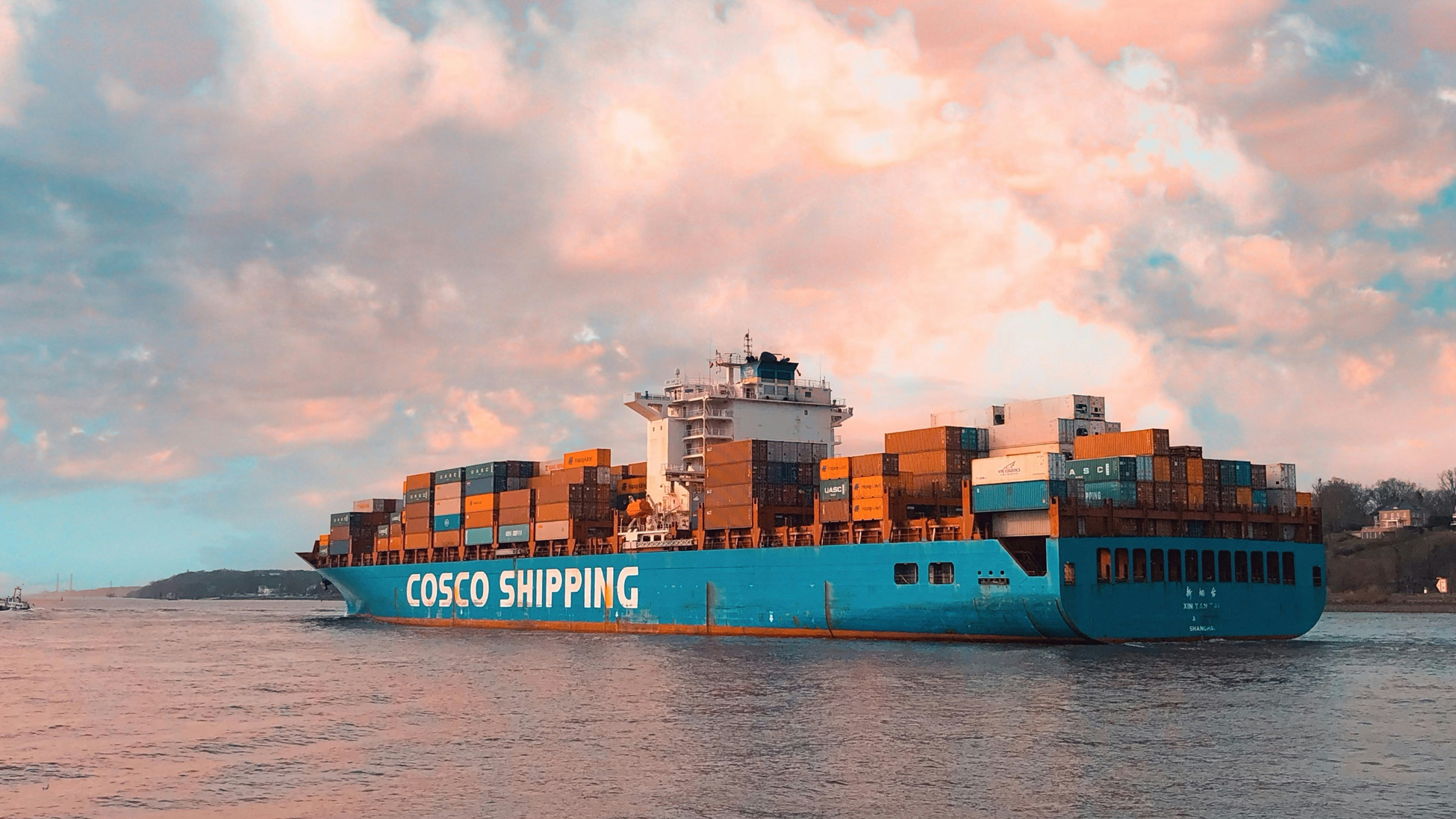In recent years, the global logistics and shipping industry has experienced significant disruptions due to changing international trade policies. One of the key factors influencing these fluctuations is tariffs—a type of tax imposed on imported goods. For Canadian businesses and consumers alike, a common question arises: Do tariffs impact shipping container prices in Canada? The short answer is yes, and understanding how can help you make informed decisions when sourcing containers for your business or personal use.
What Are Tariffs and How Do They Work?
Tariffs are government-imposed duties on imports or exports between countries. Their purpose is often to protect domestic industries, regulate trade balances, or retaliate against unfair trade practices. When it comes to shipping containers, most of which are manufactured in countries like China, tariffs can directly influence the final cost once they arrive in Canada.
Why Are Most Shipping Containers Made in China?
China has long been the dominant force in shipping container manufacturing. With extensive infrastructure, mass production capabilities, and lower production costs, Chinese factories produce nearly all of the world’s new shipping containers. This dependency on Chinese manufacturing makes Canadian container pricing sensitive to global trade policies, including tariffs imposed by other countries like the United States or the European Union.
The Ripple Effect of Global Tariffs on Canadian Shipping Container Prices
Even though Canada does not currently impose tariffs on shipping containers imported from China, the effects of tariffs imposed by other countries can still impact Canadian buyers. Here are a few key ways:
- Shifted Supply Chains When other nations, like the U.S. or EU, impose tariffs on Chinese containers, manufacturers may redirect their shipments to countries with fewer trade barriers. This can tighten supply in global markets and make it harder—and more expensive—for Canadian buyers to secure inventory.
- Slower Global Trade = Fewer Available Containers Tariffs often dampen trade volume. When fewer goods are shipped globally, containers stay idle longer at ports or warehouses. This reduces container circulation and availability, indirectly raising container prices in Canada.
- Increased Demand for Used Containers As new container prices rise due to tariffs or supply shortages, the demand for used containers also grows. This puts upward pressure on prices in Canada, especially for cargo-worthy or wind-and-watertight units.
Other Factors That Influence Shipping Container Pricing in Canada
While tariffs are an important consideration, they are not the only factor that affects container costs in Canada:
- Currency Exchange Rates: The value of the Canadian dollar against the U.S. dollar and Chinese yuan plays a significant role in final pricing.
- Transportation Costs: Rising fuel prices, trucking fees, and rail freight charges increase the cost of delivering containers across Canada, particularly to remote regions.
- Local Supply and Demand: Surges in demand for container housing, storage solutions, or industrial use in provinces like Alberta or Ontario can cause regional price spikes.
- Global Events and Disruptions: The COVID-19 pandemic, political conflicts, and global economic shifts can all impact container supply chains and availability.
How ATS Containers Responds to Market Challenges
At ATS Containers, we understand the importance of price stability and transparency in today’s volatile shipping landscape. As one of Canada’s leading suppliers of new and used shipping containers, we are committed to offering competitive pricing regardless of global trade conditions.
Thanks to our strategic sourcing, robust local inventory, and long-standing industry partnerships, we can minimize the impact of tariffs and provide reliable container solutions. Whether you need storage containers, customized units, or container modifications, ATS Containers delivers with efficiency and expertise.
Tips for Canadian Buyers
To navigate shipping container pricing effectively in Canada, consider the following tips:
- Buy locally from reputable suppliers like ATS Containers to avoid unexpected import fees.
- Explore used container options to reduce costs without sacrificing quality.
- Monitor trade news and tariff developments to anticipate market changes.
- Inquire about renting a sea can or bulk discounts to get better value.
Final Thoughts: Navigating Container Prices in a Globalized Market
Tariffs are just one piece of the puzzle when it comes to shipping container pricing in Canada. While Canada’s lack of direct tariffs on containers from China provides some insulation, global trade dynamics continue to influence availability and costs. Staying informed, sourcing from local suppliers, and considering flexible purchasing options can help you navigate this complex market.
Looking to buy or rent a shipping container in Canada? Contact ATS Containers today for expert advice and a personalized quote tailored to your needs.

